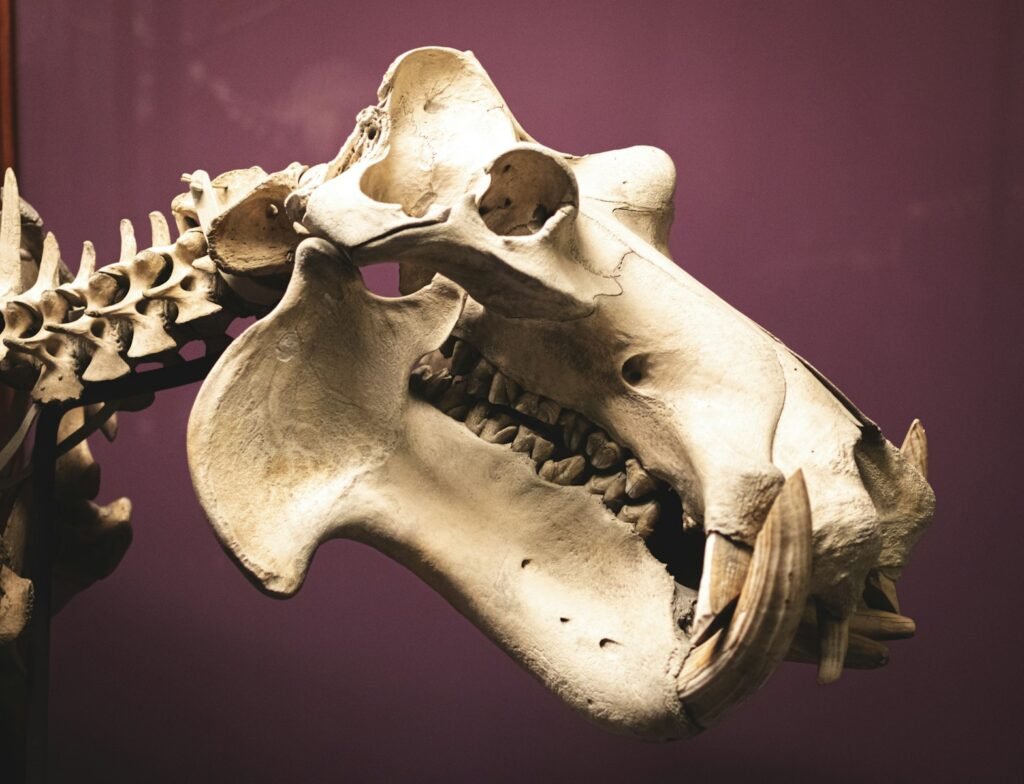The islands of American Samoa hide secrets beneath their lush rainforests and volcanic cliffs—secrets that crack open the story of life in a world long vanished. Imagine standing on a sun-baked shoreline and realizing that underfoot, embedded in ancient rock, are clues to creatures and plants that roamed, swam, and thrived millions of years before humans ever set sail across the Pacific. The fossils of American Samoa don’t just whisper about the past—they shout, inviting us to piece together a puzzle that stretches across oceans and epochs. This is a journey into deep time, a discovery of lost worlds where every fossil is a message in a bottle from the dawn of the Pacific.
The Volcanic Birth of the Samoan Islands

American Samoa’s story starts with fire and fury. These islands were born from volcanic eruptions—massive plumes of molten rock erupting from deep beneath the ocean floor. Over millions of years, these eruptions built up the islands we know today. The volcanic rocks that make up American Samoa provide a tough, sometimes unforgiving environment for fossils to form. Unlike the sedimentary rocks that cradle most of the world’s famous fossils, the igneous rocks here are less likely to preserve delicate remains. Yet, in a few precious spots, nature has left windows into prehistory, trapping fragments of life in layers of ash and hardened lava.
Why Fossils Are Rare in American Samoa

Finding fossils in American Samoa is like finding a needle in a volcanic haystack. The heat and pressure from erupting lava can destroy organic material in moments. But sometimes, rapid burial by volcanic ash or mudflows can create the perfect conditions for preservation. These rare events mean that any fossil discovered here is a small miracle. Fossils from the islands are precious, not just because of their scarcity, but because they offer a glimpse into a world few others have seen—a world shaped by fire, water, and time.
Fossilized Coral Reefs: Echoes of Ancient Seas

One of the most striking fossil discoveries in American Samoa comes from ancient coral reefs. Long before humans arrived, these reefs teemed with life. Fossilized corals, some still embedded in uplifted limestone, show that the islands were once ringed by thriving underwater gardens. These ancient reefs tell us about changes in sea level, ocean temperature, and the creatures that once called these waters home. When you hold a coral fossil in your hand, you’re touching the bones of ancient oceans—a tangible link to a time when the Pacific was a very different place.
Marine Mollusks: Silent Witnesses to Change
Fossilized shells of marine mollusks—clams, snails, and other shellfish—dot the coastal rocks of American Samoa. These humble creatures have survived countless environmental changes, from rising seas to shifting landmasses. By studying the shapes, sizes, and types of mollusk fossils, scientists can reconstruct ancient shorelines and even track the movement of tectonic plates. It’s like reading the diary of the Pacific, written in shell and stone.
Tracing Prehistoric Plants in Volcanic Soil
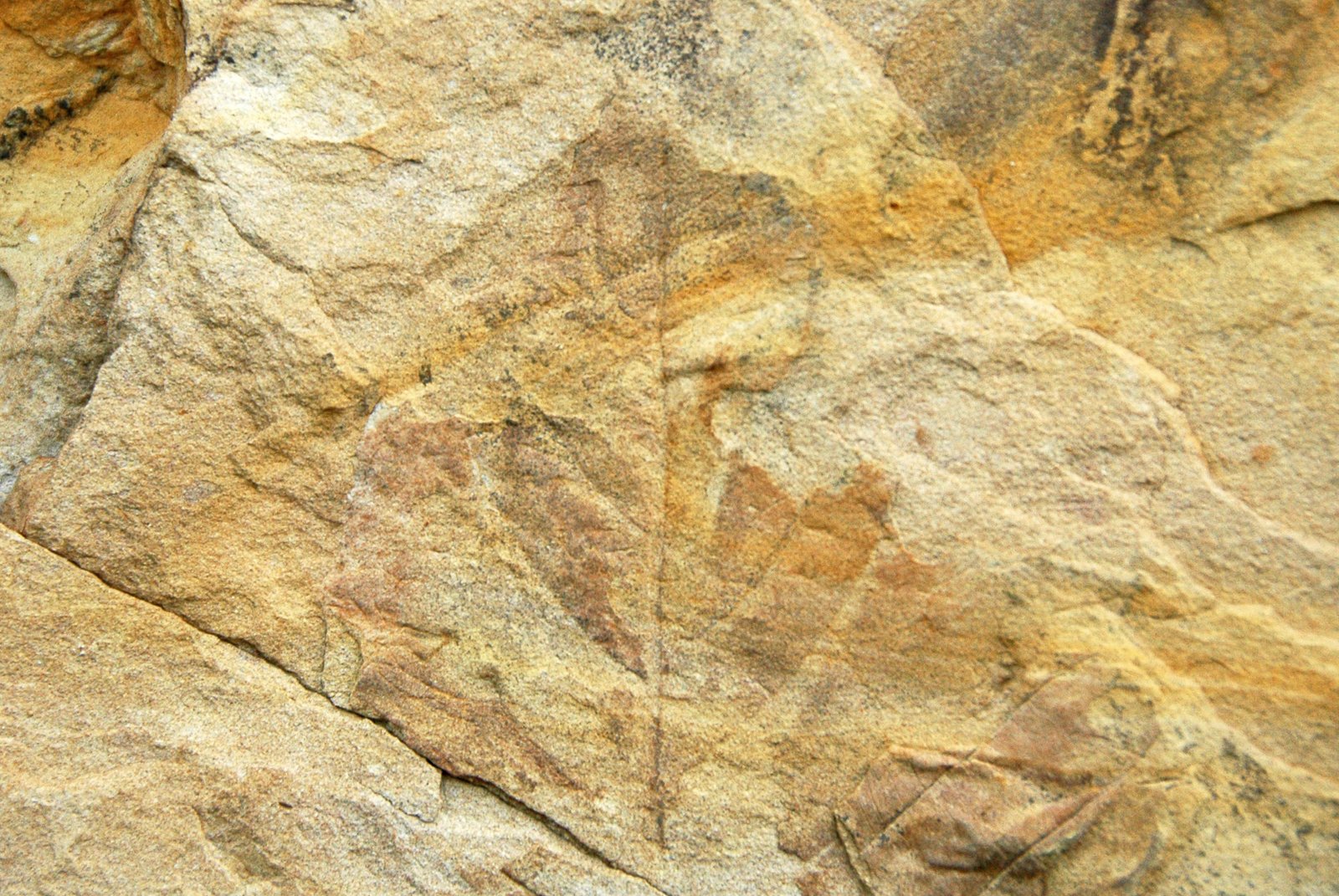
Plant fossils are rare, but not absent, in American Samoa. Occasionally, impressions of ancient ferns and leaves are preserved in volcanic ash layers. These fossils offer a snapshot of prehistoric forests that once cloaked the islands—forests rich in biodiversity, with towering cycads and lush undergrowth. Examining these plant remains helps scientists understand how island ecosystems responded to volcanic eruptions, cyclones, and climate shifts over millennia.
Insects and Amber: Tiny Time Travelers
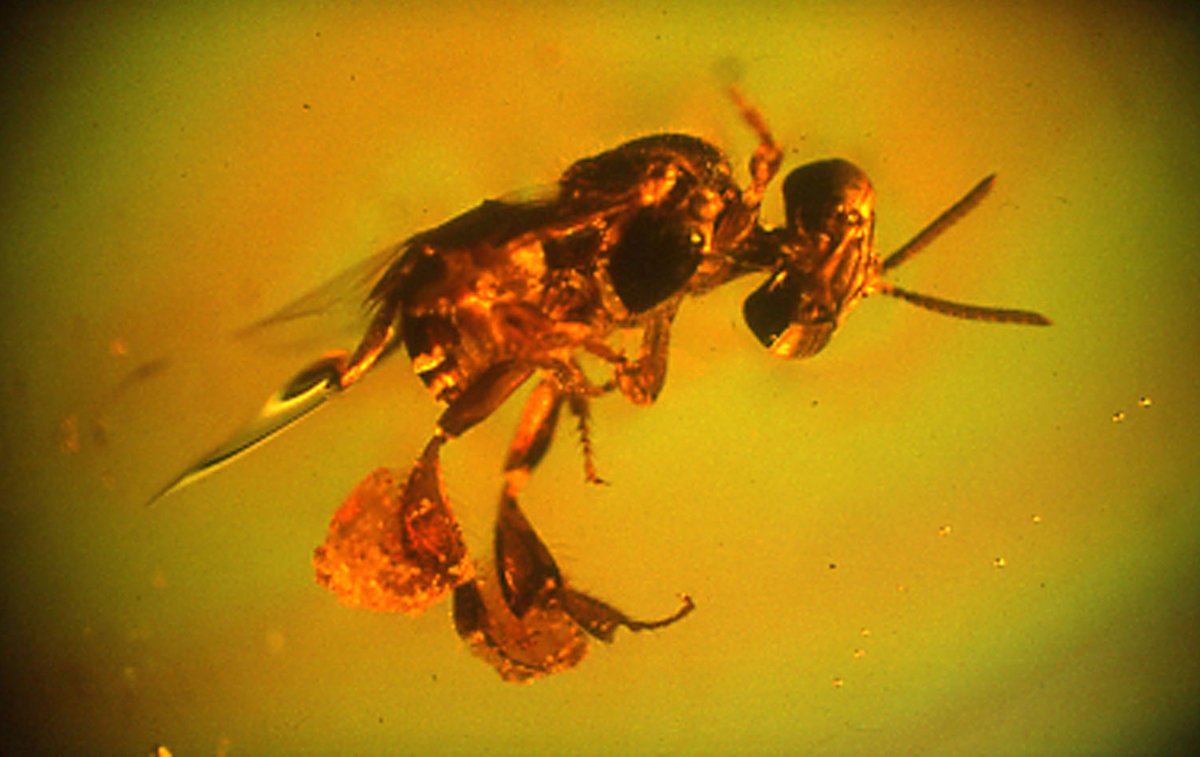
While American Samoa is not famous for large amber deposits, small patches of fossilized tree resin have been discovered. Trapped within, scientists have sometimes found tiny prehistoric insects—beetles, ants, and flies frozen in time. These miniature fossils are like postcards from the past, revealing what bugs buzzed through ancient Samoan forests and how they interacted with the plants and animals around them.
Reptilian Relics: The Elusive Remains
Evidence of prehistoric reptiles in American Samoa is incredibly rare, but tantalizing hints remain. Fragmented bones and fossilized scales occasionally turn up in geological surveys, sparking debate among paleontologists. Did ancient sea turtles or lizards once sun themselves on these shores? Every new discovery is a piece of a story that’s still being written, and each bone or scale adds another brushstroke to the portrait of prehistoric island life.
Bird Fossils: Messengers Across the Waves
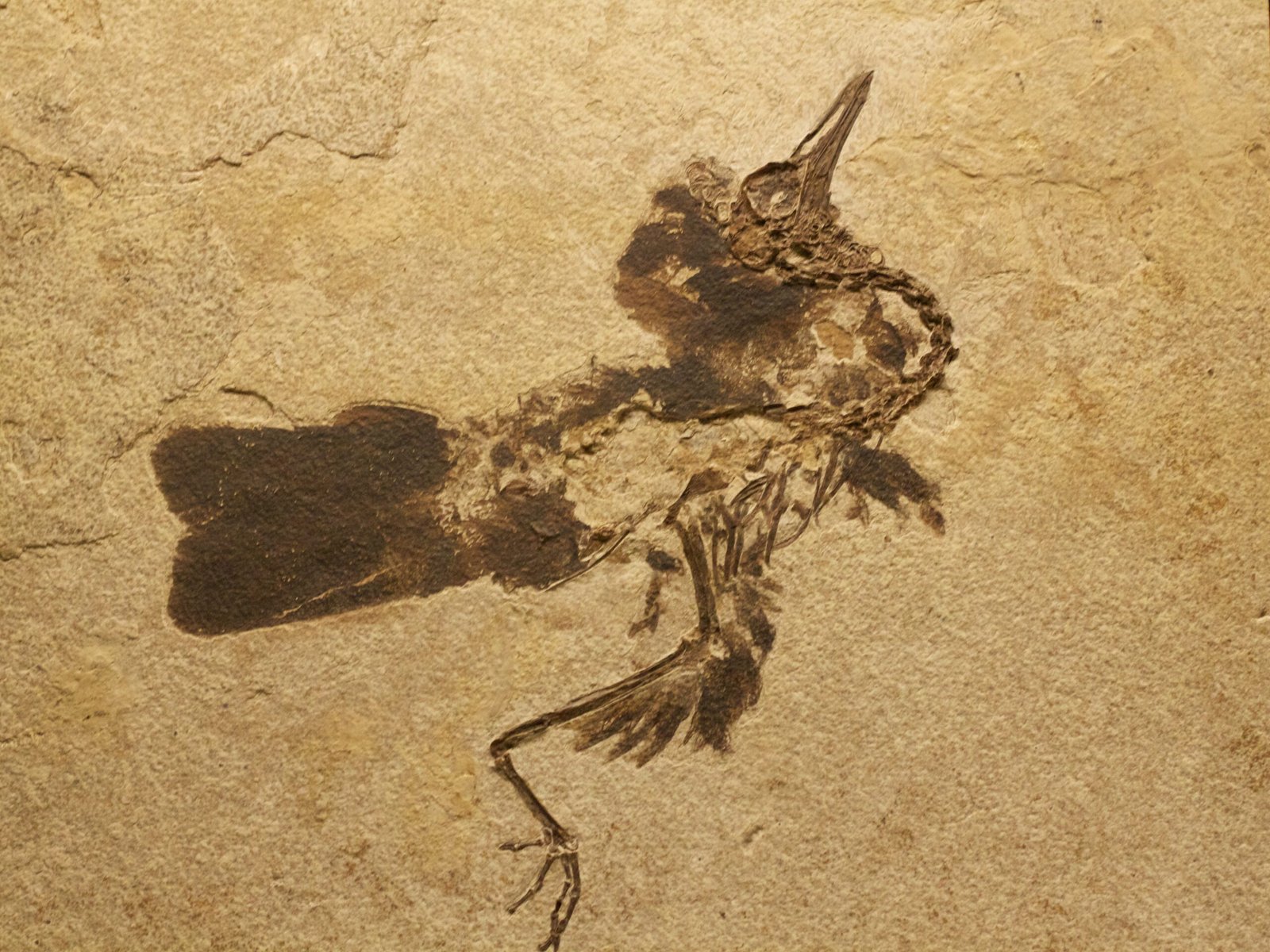
The fossilized remains of birds are especially fascinating. Bones of ancient seabirds, for example, tell us how these islands served as critical nesting grounds and stopovers for avian travelers. Some fossils suggest that species now extinct once thrived here, soaring over the Pacific and connecting distant lands. Their migration patterns, revealed through fossil evidence, show how American Samoa was part of a vast, living network stretching across the ocean.
The Mystery of Mammal Fossils
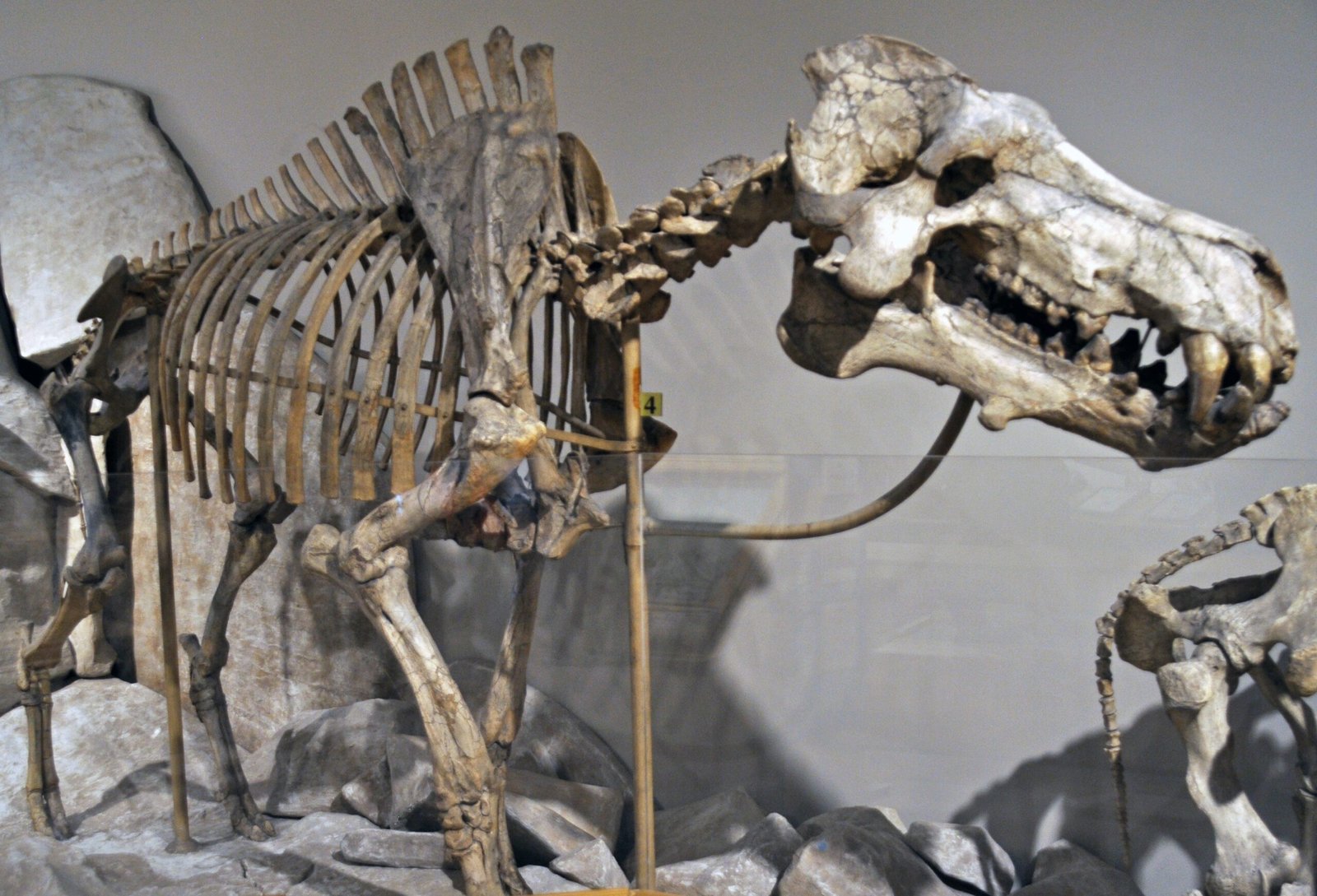
Unlike continents teeming with ancient mammals, American Samoa holds few traces of prehistoric furry creatures. The islands’ remote location and volcanic origins made it hard for land mammals to arrive and survive. The absence of mammal fossils is a clue in itself, highlighting the isolation of the Pacific islands and the unique evolutionary paths taken by their inhabitants.
Tiny Fossils, Big Stories: Microfossils in Samoan Sediments
Sometimes, the biggest stories come from the tiniest fossils. Microfossils—tiny shells, spores, and plankton skeletons—are preserved in the sediment layers of American Samoa. These minuscule remains are studied under powerful microscopes, revealing changes in ocean chemistry, temperature, and even the arrival of new species. It’s astounding how a pinch of Samoan soil can tell us so much about the prehistoric Pacific.
How Fossils Shape Our Understanding of Island Evolution
Every fossil found in American Samoa is a clue to how life on islands evolves. These discoveries reveal how plants and animals adapt to isolation, volcanic activity, and limited resources. Over time, new species emerge, old ones vanish, and the web of island life shifts. Fossils illuminate these evolutionary twists and turns, helping us understand the unique character of Pacific island biodiversity.
The Human Arrival: Clues from Fossils and Artifacts

When humans first arrived in American Samoa, they encountered landscapes already shaped by millions of years of natural change. Archaeologists sometimes find fossils alongside ancient stone tools and pottery shards. These discoveries offer a window into how early Samoan settlers interacted with their environment—hunting, fishing, and adapting to island life. The overlap of fossils and artifacts paints a vivid picture of resilience and ingenuity.
Climate Change Written in Stone
Fossils from American Samoa don’t just tell us about ancient life; they also reveal how climate has changed over time. Uplifted coral reefs, for example, show how sea levels have risen and fallen, sometimes dramatically. Fossil pollen can indicate shifts from wet to dry periods. By reading these stone records, scientists gain insights into how the Pacific’s climate has changed—and how living things responded to those changes.
Volcanoes and Fossil Formation: A Delicate Balance

The very forces that threaten fossil preservation—volcanoes and earthquakes—are also responsible for creating the conditions that occasionally protect them. When a volcanic eruption buries life in ash, it can seal away fragile remains before they decay. Over centuries, these buried secrets harden into rock, waiting for the day when wind, rain, or human curiosity brings them to light.
What Fossils Say About Extinction and Survival
American Samoa’s fossil record is a testament to both loss and endurance. Some fossils are last traces of species that vanished long ago, wiped out by changing environments or catastrophic events. Others are the steadfast survivors, species that adapted and flourished despite adversity. Fossils remind us that extinction and survival are two sides of the same coin, both shaping the story of life in the Pacific.
Modern Technology Meets Ancient Bones

Today’s scientists use cutting-edge technology to unlock the secrets of Samoan fossils. High-resolution imaging, 3D modeling, and chemical analysis can reveal details invisible to the naked eye. DNA fragments, sometimes preserved in the most unexpected places, offer glimpses into evolutionary relationships and migration patterns. These tools turn ancient bones and shells into living stories, connecting past and present like never before.
Piecing Together the Prehistoric Pacific Puzzle
Each fossil found in American Samoa is like a missing puzzle piece. Taken together, they help reconstruct the vast, interconnected web of prehistoric Pacific life. The islands’ fossils link them to distant continents and other Pacific archipelagos. They show how species traveled, adapted, and sometimes disappeared altogether. The story that emerges is one of movement, change, and surprising resilience.
The Importance of Protecting Fossil Sites
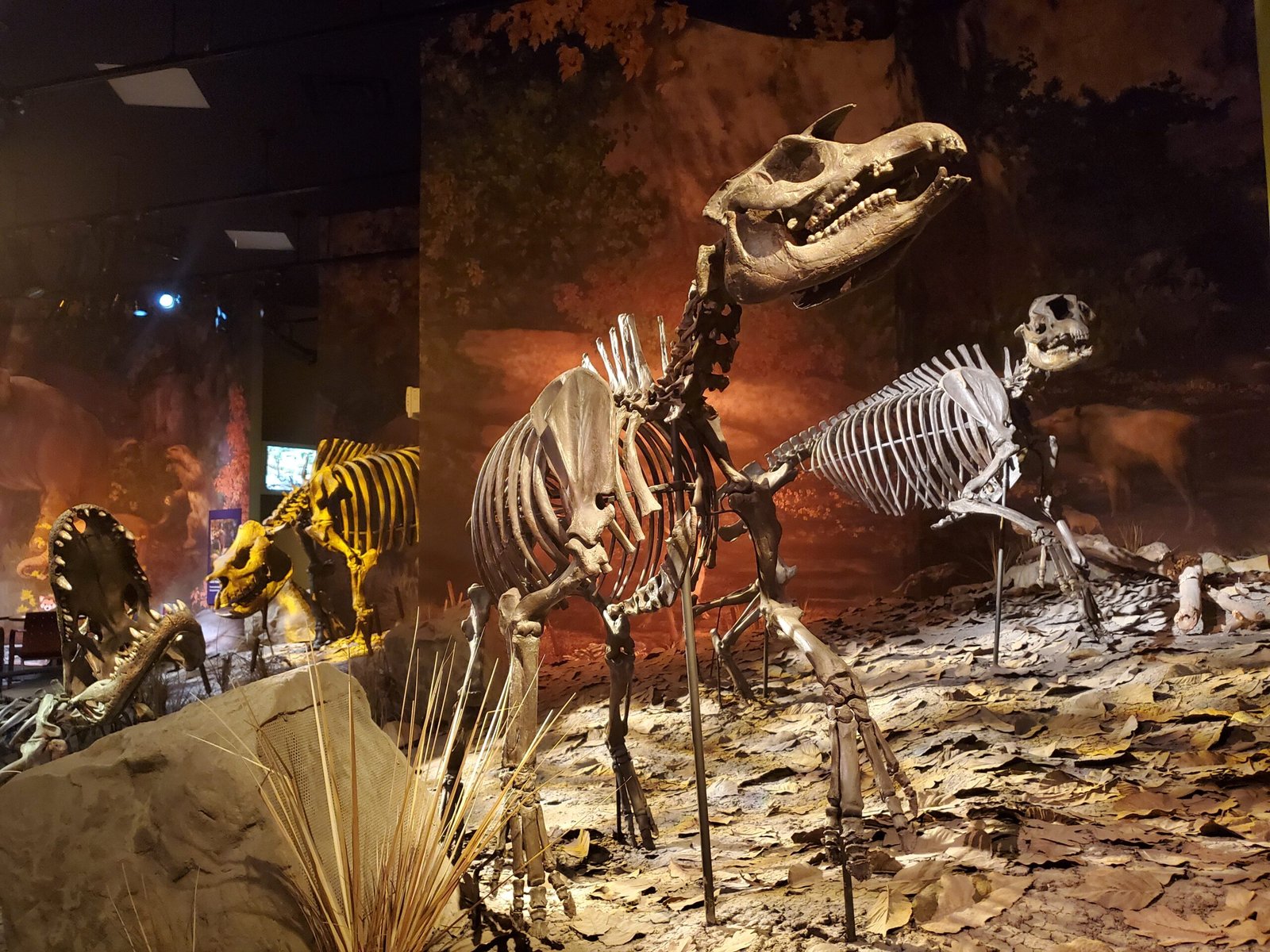
The fossils of American Samoa are irreplaceable treasures, vulnerable to erosion, development, and even souvenir hunters. Protecting these sites means safeguarding our window into the deep past. Conservation efforts—both scientific and community-led—are crucial to ensuring that future generations can learn from these ancient clues. By valuing and preserving fossil sites, we honor the rich natural history of the islands.
Inspiring Future Generations of Scientists
Every fossil discovery sparks a sense of wonder and curiosity. For young people in American Samoa and beyond, these ancient remains are an invitation to explore, question, and imagine. Fossils can inspire the next generation of scientists, conservationists, and storytellers. They remind us that the greatest adventures sometimes begin with a single stone, shell, or bone found underfoot.
What Will the Next Fossil Reveal?
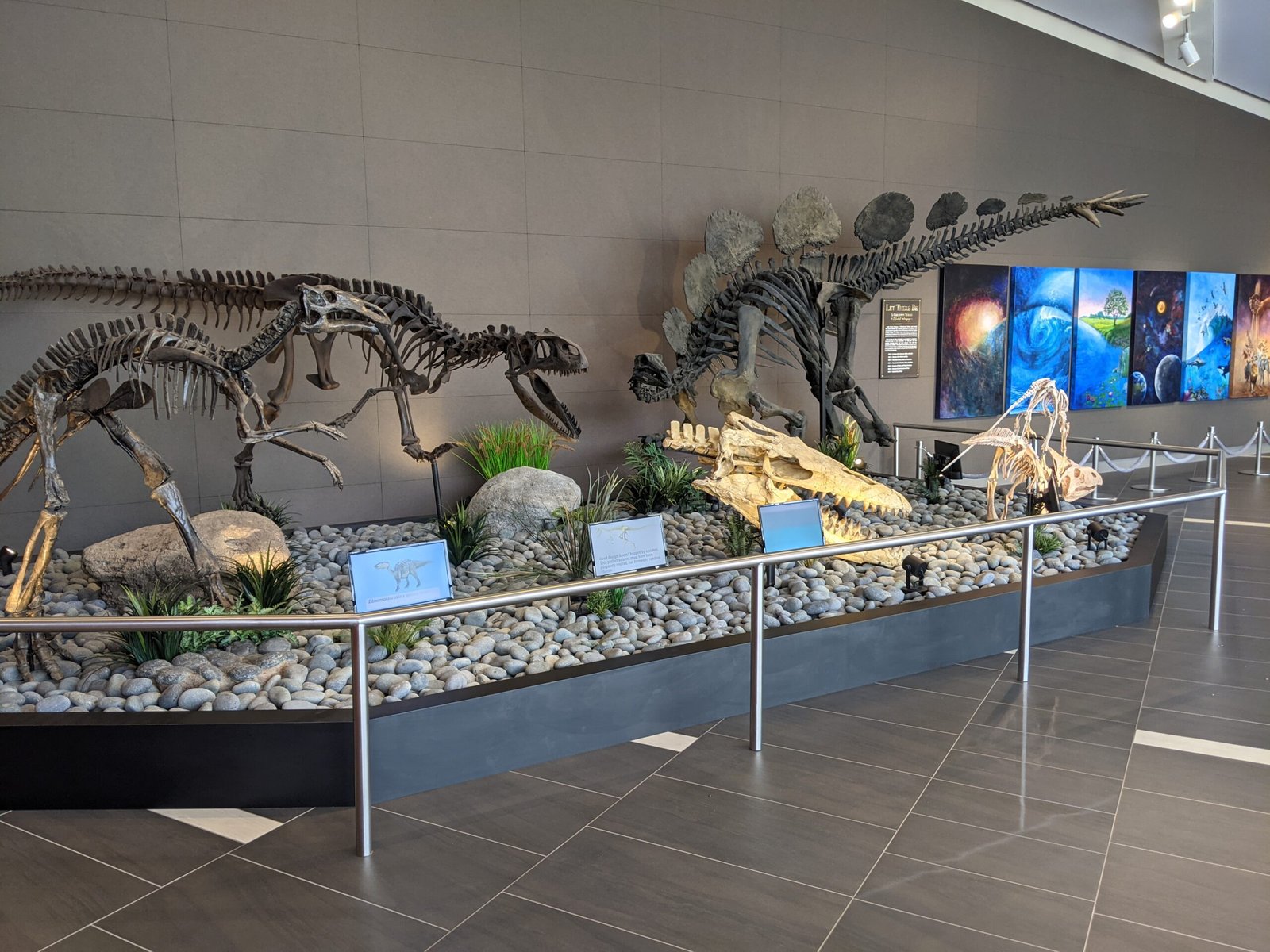
The search for fossils in American Samoa is far from over. Every new discovery has the potential to rewrite what we know about life in the Pacific. Will the next find uncover a new species, solve an ancient mystery, or reveal a forgotten catastrophe? The islands still hold countless secrets beneath their surface, waiting for curious hands and minds to bring them into the light.

